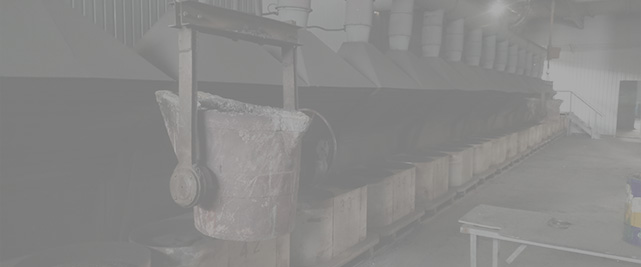Sep . 21, 2024 22:49 Back to list
brake drum resurfacing
Brake Drum Resurfacing An Essential Maintenance Procedure
Brake drums are critical components of a vehicle's braking system, specifically in vehicles that use drum brakes. Over time, these drums can wear down, leading to reduced braking efficiency and increased stopping distances. One of the most effective ways to extend the life of brake drums and ensure optimal performance is through a process known as resurfacing.
Resurfacing involves machining the surface of the brake drum to restore its original smooth finish. This is typically done when the drum has become uneven or when it has developed grooves due to wear. Factors contributing to this wear may include the quality of the brake pads, the frequency of use, and the driving conditions. Overheating, caused by excessive braking or driving with worn-out pads, can also exacerbate the problem, making resurfacing necessary.
Brake Drum Resurfacing An Essential Maintenance Procedure
After inspection, the drum is mounted onto a lathe, a specialized machine that grinds the surface. This ensures that the drum is smoothed out evenly, restoring its flat surface. The technician must be careful to maintain the proper diameter of the drum throughout the process, as excessive material removal can lead to a reduction in strength and potentially compromise safety.
brake drum resurfacing

Once resurfacing is completed, the drum is cleaned and painted if necessary to prevent rust. The technician will also usually perform a measurement check to ensure that the drum meets the manufacturer's specifications. If it does, the drum is reinstalled onto the vehicle along with new or freshly resurfaced brake shoes, which work in conjunction with the drum to provide effective stopping power.
There are several advantages to having brake drums resurfaced rather than replaced outright. Resurfacing is typically less expensive than buying new drums, making it a cost-effective option for maintaining vehicle safety. Additionally, resurfacing contributes to better braking performance, minimizes the chances of brake noise, and prolongs the life of both the drum and the brake components.
However, it is essential to note that resurfacing has its limits. If the drums are excessively worn or damaged beyond a certain point, replacing them is the safest option. Always consult a qualified mechanic to determine the best course of action for your vehicle.
In conclusion, brake drum resurfacing is an invaluable maintenance procedure that should not be overlooked. Regular inspections and timely resurfacing can significantly enhance the safety and functionality of your vehicle’s braking system. As a crucial aspect of automobile maintenance, this process helps ensure that you can stop safely and effectively, providing peace of mind on the road. Remember to prioritize your vehicle's braking system; it is one of the essential elements for your safety and the safety of others on the road.
-
Scania Brake Drums: OEM Quality for Optimal Safety & Durability
NewsAug.16,2025
-
R.V.I: Advanced Remote Visual Inspection for Precision
NewsAug.15,2025
-
Discover HYUNDA: Innovative Vehicles, Equipment & Solutions
NewsAug.14,2025
-
R.V.I: Unlock Advanced Insights & Real-time Performance
NewsAug.13,2025
-
Kamaz Brake Drum: Durable & Reliable for Heavy Duty Trucks
NewsAug.12,2025
-
Heavy Duty Iveco Brake Drum - Premium Quality & Safety
NewsAug.11,2025
